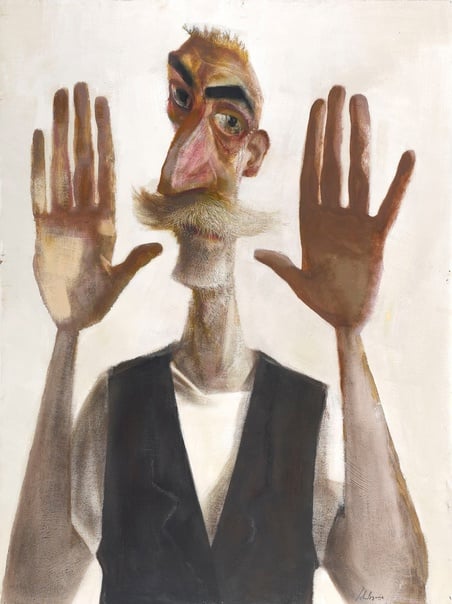Ca’ Granda’s four wings could accommodate thousands of patients at once in a series of specialized wards treating everything from kidney stones and broken bones to tuberculosis (TB). The hospital had its own sewer system, kitchens, ice house, laundry, pharmacies, and chapel.
For 60 years, it also had its own system for disposing of the dead. Between 1637 and 1697, people who died at the hospital were dropped into brick-lined underground vaults below a newly built church. Hospital planners expected the remains to skeletonize quickly, but a cool, moist microclimate slowed decomposition. Bodies accumulated and stank, eventually forcing the hospital to seal off the chambers and begin burying people on the outskirts of town.
More than 300 years later, the tens of thousands of bodies in the crypt are providing scientists with a remarkable record of the poor in 17th century Milan.

